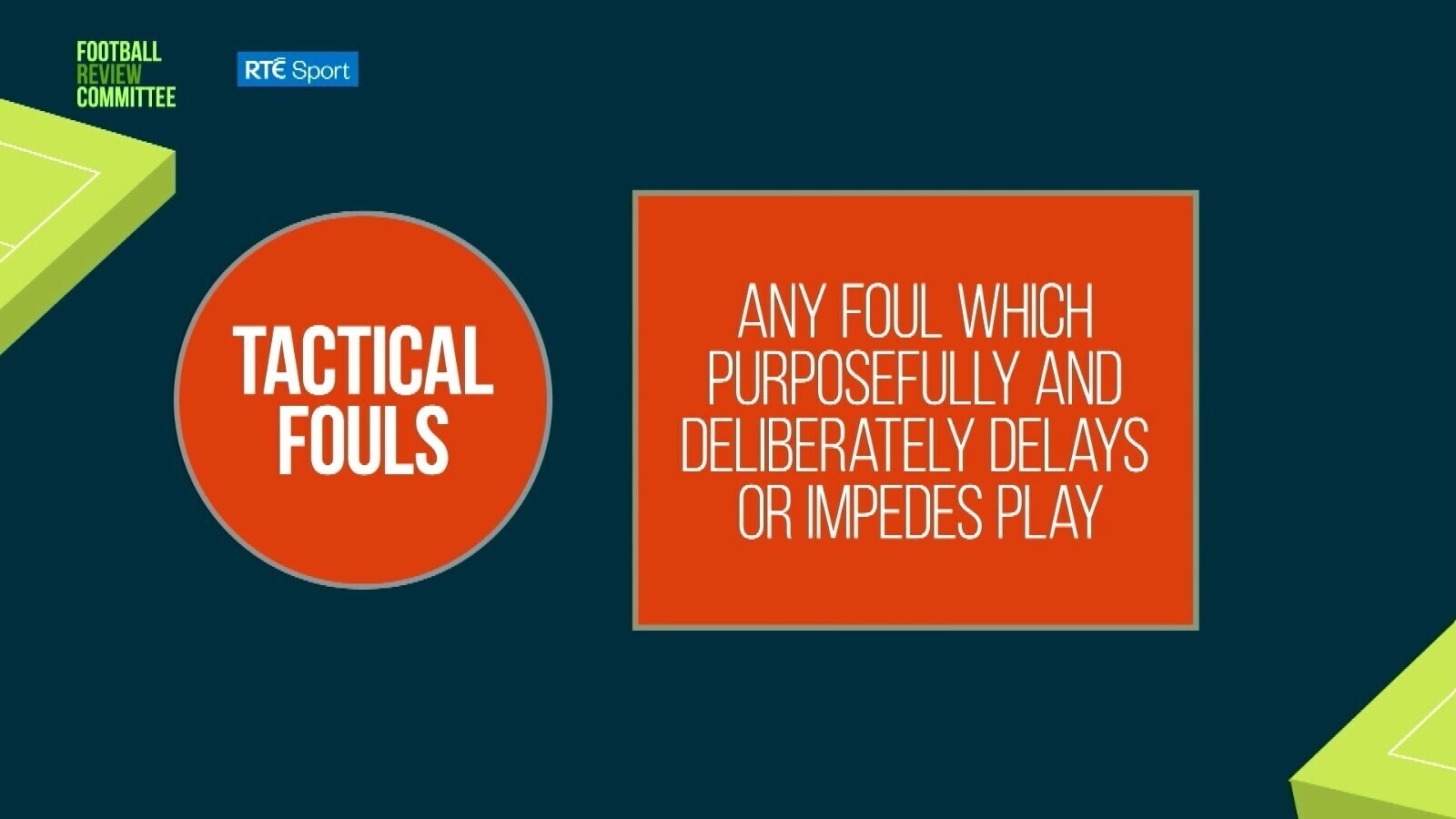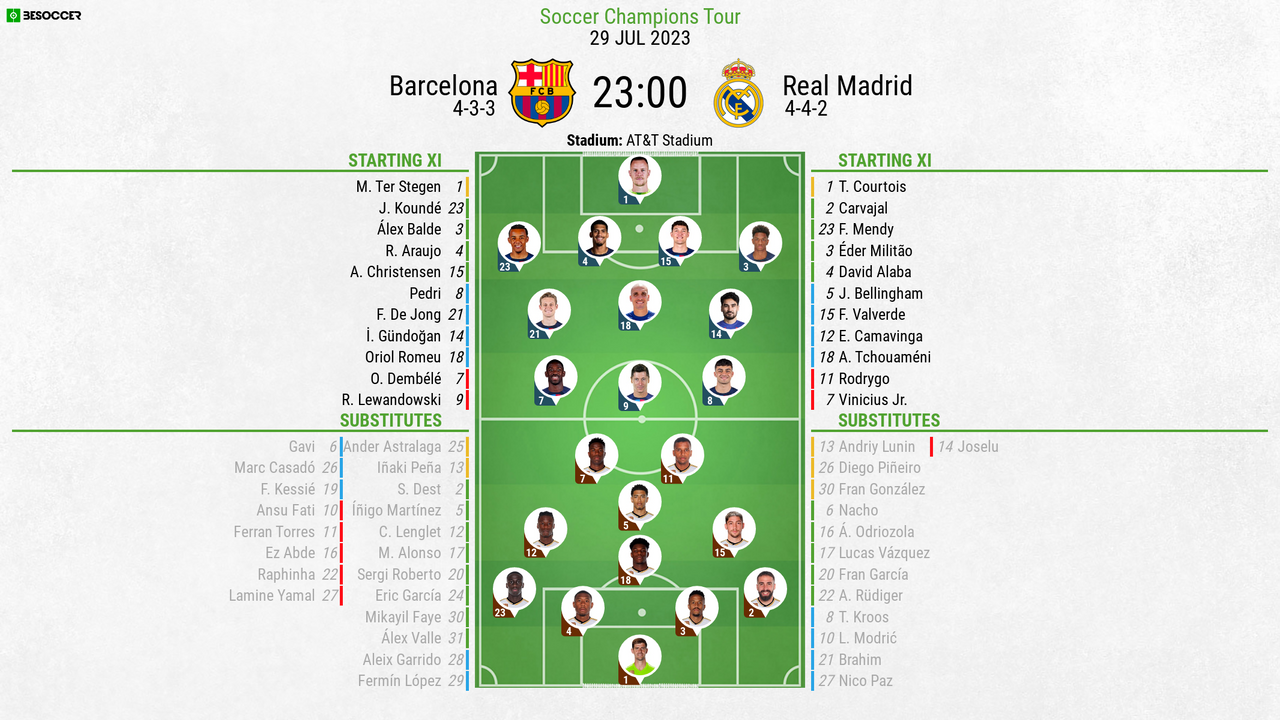
The Calculated Disruption: Unpacking Tactical Fouling in Football Through Statistics
Football, often lauded as ‘the beautiful game,’ possesses a darker, more pragmatic underbelly – the realm of tactical fouling. Far from accidental trips or moments of genuine aggression, tactical fouls are calculated acts, deliberate interruptions designed to gain a strategic advantage. They are the subtle art of disruption, a cynical but often effective tool in a team’s arsenal. In the modern, data-driven era of football, understanding and quantifying these ‘dark arts’ through statistics has become paramount for analysts, coaches, and even referees.
This article delves into the statistical landscape of tactical fouling, exploring its definition, evolution, key metrics used for analysis, its impact on the game, and the ongoing ethical debate it sparks.
Defining the "Dark Art": What is a Tactical Foul?
At its core, a tactical foul is an intentional act by a player to break the flow of play, primarily to prevent an opponent from creating a dangerous attacking situation, gaining an advantage, or executing a successful counter-attack. Unlike fouls committed out of clumsiness, misjudgment, or pure frustration, tactical fouls are typically executed with a clear purpose:
- Preventing Counter-Attacks: This is arguably the most common and impactful form of tactical fouling. When a team loses possession in an advanced position, leaving them vulnerable to a rapid counter, a defender (often a holding midfielder or a recovering full-back) might commit a foul – a shirt pull, a trip, or an obstruction – to halt the opposition’s momentum before they can reach the final third.
- Breaking Opponent Rhythm: A team might be building pressure, stringing together passes, and moving the ball efficiently. A tactical foul can serve to disrupt this rhythm, forcing a stoppage, allowing the defending team to regroup, reset their defensive shape, or simply catch their breath.
- Wasting Time/Managing the Game: In the dying minutes of a tight match, particularly when holding a narrow lead, a player might commit a foul in a non-threatening area to run down the clock, frustrate the opponent, and break up any potential late surges.
- Preventing a Clear Goal-Scoring Opportunity (Professional Foul): While often leading to a red card and explicitly against the spirit of the game, a ‘professional foul’ is the most extreme form of tactical fouling, where a player deliberately commits a foul to prevent an opponent from having a clear shot at goal. This is a last resort, weighing the certainty of a goal against the consequence of a sending off.
The challenge for statisticians lies in distinguishing these deliberate acts from accidental fouls. While intent is difficult to measure directly, the context, location, and timing of a foul often provide strong indicators.
The Evolution of Tactical Fouling
Tactical fouling is not new, but its prevalence and sophistication have evolved significantly with the game itself. In earlier eras, football was often more physical and less technically refined, with fouls sometimes seen as a natural part of robust play. However, as tactics became more intricate, particularly with the rise of high-pressing and quick-transitioning systems, the value of disrupting the opponent’s flow increased exponentially.
The emphasis on counter-attacking football, championed by teams like Jürgen Klopp’s Liverpool or Pep Guardiola’s Manchester City, has inadvertently made tactical fouling a more crucial defensive tool. When teams commit many players forward, the risk of being exposed on the break is high. A well-timed, cynical foul can negate a potential 3-on-2 or 4-on-3 situation, sacrificing a yellow card for a potentially game-saving intervention.
Furthermore, the rise of detailed data analysis has allowed coaches to identify patterns in their opponents’ play – where they build attacks, who their key transitional players are, and where they are most vulnerable to disruption. This allows for targeted tactical fouling strategies.
The Statistical Lens: What Data Tells Us
The advent of comprehensive football analytics has transformed how we understand every facet of the game, and tactical fouling is no exception. Data collection companies like Opta, Wyscout, and StatsBomb meticulously record every event on the pitch, providing a rich dataset for analysis.
Key data points used to identify and quantify tactical fouling include:
- Fouls Committed (FC): The most basic metric, indicating a player or team’s overall propensity to commit fouls.
- Fouls Suffered (FS): Shows which players are frequently targeted, often due to their dribbling ability or importance in transition.
- Yellow and Red Cards: Direct consequences of fouls, with cards for "unsporting behavior" or "stopping a promising attack" being strong indicators of tactical fouls.
- Foul Location: Where on the pitch the foul occurred (e.g., defensive third, midfield, attacking third). Fouls in the middle third, particularly immediately after losing possession, are often tactical.
- Time of Foul: When in the match the foul occurred (e.g., early in a half, during a specific phase of play, in the final minutes).
- Context of Foul: What happened immediately before the foul? Was the opponent on a clear run? Was possession just lost? Was it a turnover in a dangerous area?
- Player Involved: Certain players (e.g., holding midfielders, central defenders) are statistically more likely to commit tactical fouls due to their role in breaking up play.
- Outcome of Possession After Foul: Did the foul successfully stop a dangerous attack? Did the opponent still manage to create something?
The challenge for statisticians is moving beyond raw numbers to derive meaningful insights. A simple foul count doesn’t tell the whole story; context is king.
Key Metrics and Their Insights
To truly understand tactical fouling, analysts employ a range of more sophisticated metrics:
-
Fouls Committed per 90 (FCP90): This normalized metric allows for comparison between players and teams regardless of minutes played. A high FCP90, especially for a holding midfielder, might indicate a player whose role involves disrupting opposition play. For example, a player like Casemiro (historically at Real Madrid, now Manchester United) consistently registers high FCP90, reflecting his crucial role in preventing opposition counters.
-
Foul Location Heatmaps: Visualizing where a team or player commits most of their fouls can reveal strategic patterns. Teams that engage in high pressing might show a cluster of fouls in the opposition’s half, while teams focused on counter-attack prevention will have more fouls concentrated in their own half, particularly in the central midfield zone. Simeone’s Atletico Madrid, for instance, often shows a clear concentration of fouls in the midfield, indicating their strategy of denying space and disrupting build-up.
-
Fouls in Transition (Counter-Attack Prevention Fouls): This is perhaps the most crucial metric. Analysts can tag fouls that occur within a few seconds of a defensive turnover, especially when the opponent has space to run into. By identifying these "transition fouls," teams can quantify how effective they are at preventing dangerous counter-attacks. A high number of successful transition fouls (i.e., those that genuinely stop a clear chance) indicates a team that is adept at managing defensive transitions.
-
Card Accumulation per Foul: Some players or teams are more prone to receiving cards for their fouls. A high ratio of yellow cards to total fouls committed suggests a more cynical or less subtle approach to fouling, or that their fouls are often in situations deemed more serious by referees (e.g., stopping promising attacks).
-
Foul Success Rate (Prevented Chance Metric): This is a more advanced, and harder to quantify, metric. It attempts to measure how often a foul successfully prevents a clear goal-scoring opportunity or a dangerous situation. While subjective, analysts can use event data (e.g., expected goals (xG) value of the possession immediately after the foul versus before the foul) to infer the impact. If a foul reduces the xG of the subsequent possession to near zero, it was highly successful.
-
Team vs. Individual Profiles: Data allows for the creation of "foul profiles" for both teams and individual players. Some teams consistently commit more fouls in certain areas or against specific types of opponents. Similarly, certain players are renowned for their tactical fouling prowess – often central midfielders who shield the defense. These profiles can inform scouting reports and match preparations.
Impact and Implications
The ramifications of tactical fouling ripple throughout a match:
- Game Flow Disruption: It fundamentally alters the rhythm of the game, preventing fluid attacking play and leading to more stoppages. This can frustrate attacking teams and benefit those who prefer a slower, more controlled pace.
- Strategic Advantage: Successfully executed tactical fouls can be game-changing, preventing goals and allowing teams to maintain leads or avoid conceding. They are a calculated risk, trading a potential card or free-kick for the security of denying a clear chance.
- Refereeing Challenge: For officials, distinguishing between accidental and tactical fouls is incredibly difficult, as intent is subjective. This places immense pressure on referees and often leads to contentious decisions, especially when cards are involved.
- Player Safety (Indirectly): While tactical fouls are rarely malicious, the increased frequency of cynical challenges can contribute to a more physical game, potentially increasing the risk of minor injuries through accumulation, even if not from one single tackle.
- Ethical Quandary: This is perhaps the most contentious aspect. Is tactical fouling a legitimate part of the game’s strategy, or is it unsporting and a form of cheating? Many argue it’s a necessary evil in professional football, a means to an end in a highly competitive environment. Others believe it undermines fair play and should be more strictly punished.
The Ethical Quandary
The ethical debate surrounding tactical fouling is deeply ingrained in football culture. Proponents argue it’s a testament to a team’s tactical intelligence and pragmatism. If the rules allow for it (with the consequence of a card), then it’s simply playing within the boundaries. Opponents view it as a cynical act that stifles creativity and rewards rule-breaking. The phrase "taking one for the team" perfectly encapsulates this grey area, where a player willingly accepts a personal sanction (a yellow card) for the greater good of the team.
The question often boils down to: where is the line between smart play and unsporting conduct? Referees are tasked with making this distinction in real-time, often under immense pressure.
The Future of Analysis and Regulation
As data science continues to intertwine with sports, the analysis of tactical fouling will only become more sophisticated. Machine learning and AI could potentially identify patterns of tactical fouling with greater accuracy, perhaps even predicting when and where such fouls are likely to occur. This could assist referees and disciplinary committees.
From a regulatory standpoint, there are ongoing discussions about how to curb excessive tactical fouling. Suggestions include:
- Stricter Application of Rules: Referees could be instructed to be less lenient, issuing cards earlier for cynical fouls.
- Sin Bins: Temporary expulsions for certain types of cynical fouls, similar to rugby, could provide a deterrent.
- Retrospective Action: Disciplinary committees could review incidents of tactical fouling and issue bans, even if no card was given during the match.
- Rule Changes: Though unlikely, modifications to the offside rule or other rules might reduce the incentive for such fouls.
However, any drastic rule change would fundamentally alter the fabric of the game and is likely to face significant resistance.
Conclusion
Tactical fouling, in its calculated simplicity, remains an indelible part of modern football. It is a strategic tool, a necessary evil for some, and a frustrating blight for others. Through the lens of statistics, we can move beyond anecdotal observations to quantify its prevalence, understand its impact, and appreciate the nuanced decisions players and coaches make on the pitch. As the game continues to evolve, the cat-and-mouse game between attacking flair and defensive pragmatism, often punctuated by the calculated disruption of a tactical foul, will undoubtedly continue to be a defining characteristic. Understanding its statistical footprint is key to fully appreciating the complex tapestry of professional football.



